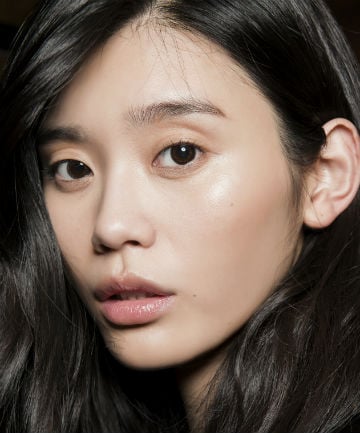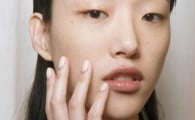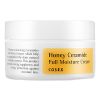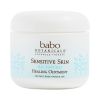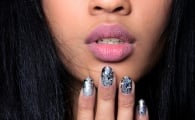Humectant, Emollient and Occlusive: Decoding Your Moisturizer LabelWhat you need to know about the different types of moisturizers and how to use them |
Have you ever wondered how your favorite moisturizer works? For starters, it likely falls into one (or two or even three, in some cases) of three categories: emollient, humectant and occlusive. We talked to board-certified dermatologist Dr. Purvisha Patel, who broke down the differences between the three classes.
"Occlusive moisturizers fill the cracks in dry skin and make a film that prevents water loss," says Patel. Their trademark is the fact that they essentially physically block water loss — think petroleum jelly-based products like Vaseline and Aquaphor.
On the other hand, emollient moisturizers, which are made from fatty acids or oils, are known for their ability to "soften the skin help keep it supple," which also helps to "decrease inflammation," explains Patel. Interestingly, a lot of moisturizers actually count as both occlusive and emollient. If there was a Venn diagram, the center would include fatty acid-based moisturizing agents like jojoba oil and shea butter.
As for humectants, Patel says, "They do not create a film or barrier on the surface of the skin to prevent water loss." Instead, they "bond with water molecules and draw water to the skin." You might recognize this type of moisturizer as hydrating superstars like hyaluronic acid and glycerin.
Keep reading to find out some of the best moisturizers of each type and how to best use them.
Image via Imaxtree
SEE NEXT PAGE: Humectant Moisturizers









